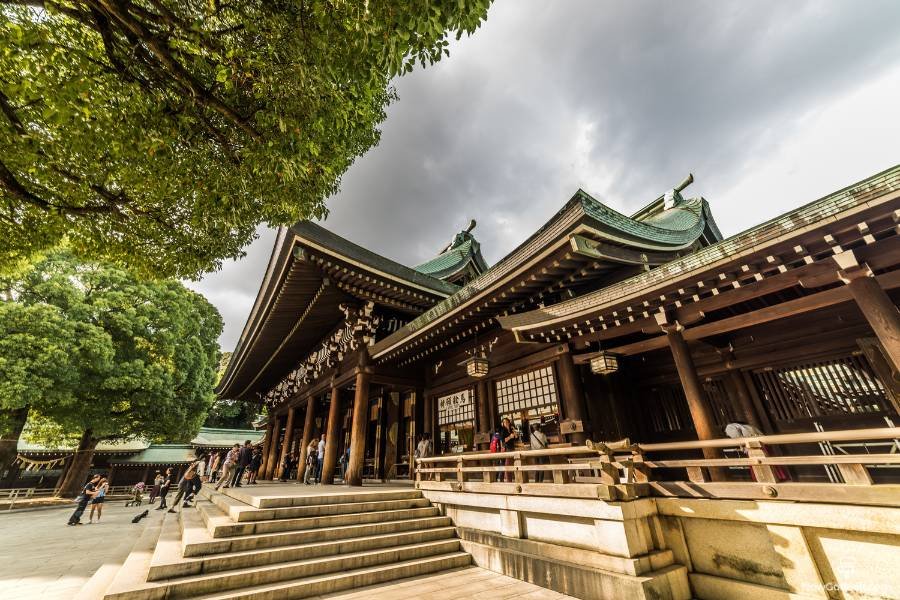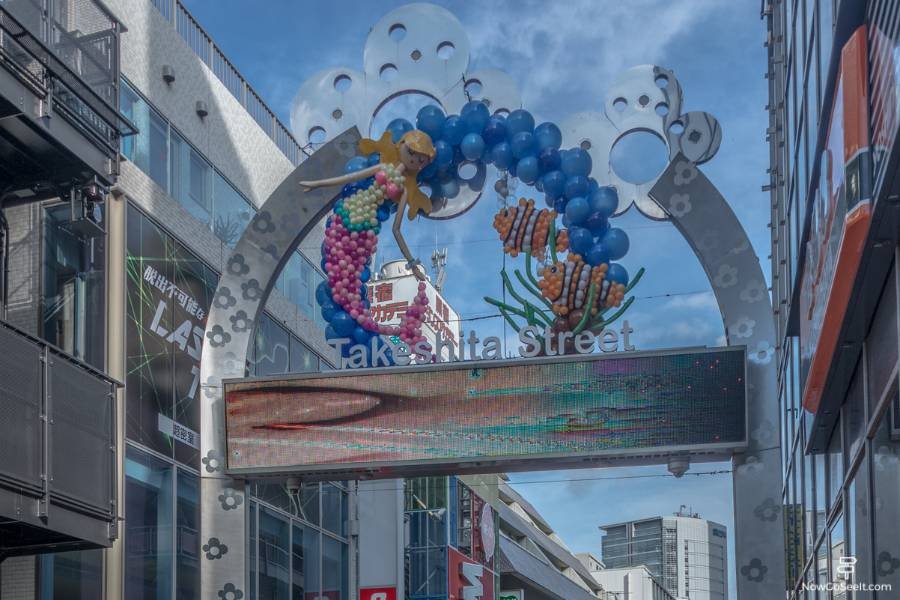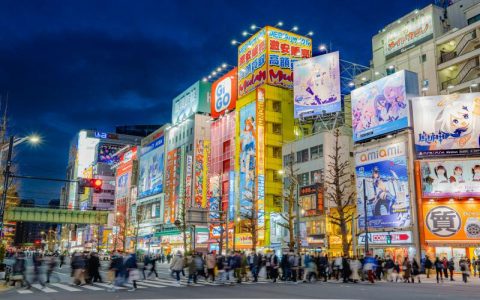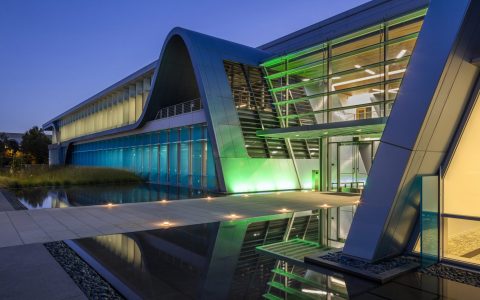Jingu-dori, literally translating to "Shrine Street," refers to an avenue or thoroughfare characteristically leading to or situated in close proximity to a significant Shinto shrine (Jingu). These streets often function as important transitional zones, bridging the sacred atmosphere of the shrine with the everyday activities of the surrounding area.
Key Characteristics and Atmosphere
The specific character of a Jingu-dori can differ based on the shrine it serves and its broader urban or local context. However, several common attributes are frequently present.
Urban Integration and Accessibility

Jingu-dori avenues are typically well-integrated into local transportation networks, serving as primary access routes for visitors and worshippers heading to the shrine. They often feature a dynamic mix of pedestrian traffic, including tourists, local devotees, and shoppers.
Commercial Activity
A defining feature of many Jingu-dori streets is the presence of diverse commercial establishments. These can range from traditional vendors to contemporary retail spaces:
- Shops specializing in traditional crafts, religious talismans (omamori), and incense.
- Local souvenir stores offering items reflecting the region's culture or the shrine itself.
- A variety of restaurants and cafes, providing options from classic Japanese cuisine to modern international fare.
- Boutiques and specialty shops, especially if the Jingu-dori is situated within a fashionable or prominent district.
Cultural and Festive Significance
Jingu-dori often assumes a central role during shrine festivals (matsuri). At such times, the street may be elaborately decorated, host numerous food stalls, and become a focal point for processions and traditional performances, significantly enhancing its vibrant atmosphere.

Architectural and Aesthetic Elements
The architecture along a Jingu-dori frequently showcases a blend of traditional Japanese design principles and modern construction. Deliberate efforts are often made to cultivate a respectful or aesthetically harmonious environment, sometimes incorporating elements such as stone lanterns (tōrō), traditional paving materials, or carefully chosen landscaping that complements the approach to the sacred shrine grounds.
The Jingu-dori Experience
Exploring a Jingu-dori offers a rich, multifaceted experience. It provides an opportunity for visitors to observe the interplay between spiritual life and daily commerce, encounter local traditions, and indulge in the local culinary and shopping scene, either before or after a visit to the associated shrine. The street often serves as a prelude, gently preparing visitors for the serenity of the shrine complex, or as a place for reflection and leisurely engagement afterwards.







